The summer solstice, known as Jāņi in Latvia, is one of the most magical and deeply rooted celebrations in the country’s cultural calendar. Unlike many modern holidays, Jāņi has preserved its ancient pagan spirit, blending nature worship, folklore, and communal joy into a vibrant festival that captivates both locals and visitors. As the longest day of the year approaches, the entire nation prepares for a night of bonfires, flower crowns, and unrestrained revelry under the ethereal glow of the white night.
At the heart of Jāņi lies the reverence for nature and the sun, a tradition passed down through generations. Latvians believe that the summer solstice is a time when the boundaries between the physical and spiritual worlds blur, allowing for mystical encounters and heightened energy. The celebration is named after Jānis, a deity symbolizing fertility and vitality, and the night is filled with rituals meant to ensure prosperity, health, and love. From rolling naked in the morning dew to jumping over bonfires, every custom carries a deeper meaning tied to the cycles of life and nature.
One of the most iconic symbols of Jāņi is the flower crown, worn by both women and men. These crowns are not mere decorations but sacred objects, woven from wildflowers, oak leaves, and grasses collected from meadows and forests. Each plant is chosen for its symbolic value—ferns for magic, clover for luck, and daisies for purity. The act of crafting the crowns is a communal activity, often accompanied by singing and storytelling, reinforcing the bonds between family and friends. As the night unfolds, the crowns are tossed into bonfires or placed under pillows, carrying wishes and dreams into the realm of the unseen.
No Jāņi celebration would be complete without the towering bonfires that light up the countryside. Built on hills, near rivers, or in village squares, these fires serve as beacons against dark spirits and as gathering points for singing and dancing. The flames are believed to purify and energize, and jumping over them is a test of courage and a plea for good fortune. As the fire crackles, traditional songs, or dainas, fill the air—a hauntingly beautiful soundtrack to the night. These songs, many centuries old, speak of love, nature, and the mysteries of life, connecting the present to a distant past.
Food and drink play a central role in the festivities, with tables groaning under the weight of homemade cheese, smoked meats, and dark rye bread. The star of the feast is Jāņu siers, a caraway-infused cheese that is as much a cultural emblem as it is a culinary delight. Alongside it, mugs of beer and honey mead flow freely, fueling the merriment. The act of sharing food is more than sustenance; it is a reaffirmation of community and gratitude for the earth’s bounty. Even in modern times, many urban Latvians escape to the countryside for Jāņi, seeking the authenticity of farmhouse feasts and the simplicity of outdoor cooking.
As the night stretches on, the white twilight of the northern sky creates an otherworldly atmosphere. The sun barely dips below the horizon, casting a soft golden hue over fields and forests. This natural phenomenon, known as the white night, adds to the enchantment of Jāņi, making time feel suspended. It’s not uncommon for celebrations to last until dawn, with people wandering between bonfires, swimming in lakes, or simply lying in the grass, soaking in the magic of the solstice. For many, this is the purest expression of Latvian identity—a harmonious blend of joy, tradition, and the untamed beauty of nature.
In recent years, Jāņi has also become a bridge between generations, as younger Latvians rediscover the customs their grandparents once practiced. While some adapt the rituals to modern life—hosting bonfire parties in city parks or crafting Instagram-worthy flower crowns—the essence remains unchanged. The solstice is a reminder of Latvia’s agrarian roots, a tribute to resilience, and a celebration of life’s simple pleasures. Whether in a remote village or the heart of Riga, the spirit of Jāņi unites the nation in a collective embrace of light, laughter, and the eternal return of the sun.
For travelers seeking an unforgettable midsummer experience, Latvia’s Jāņi offers a rare glimpse into a living tradition that has defied time. It’s a festival where the past and present merge, where the mystical feels tangible, and where every flame, song, and flower carries a story waiting to be discovered. As the bonfires burn and the white night lingers, one thing becomes clear: Jāņi is not just a holiday—it’s a testament to the enduring power of nature, community, and the human spirit.
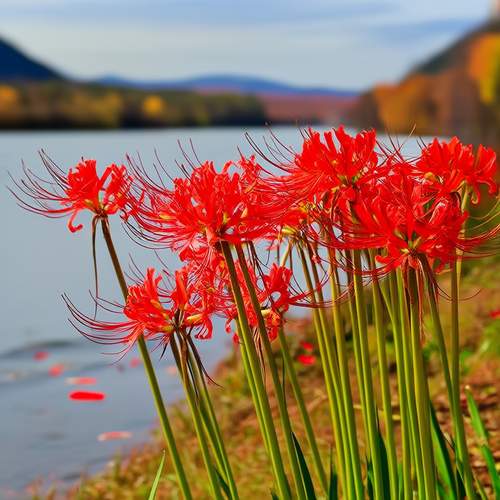
By /May 21, 2025
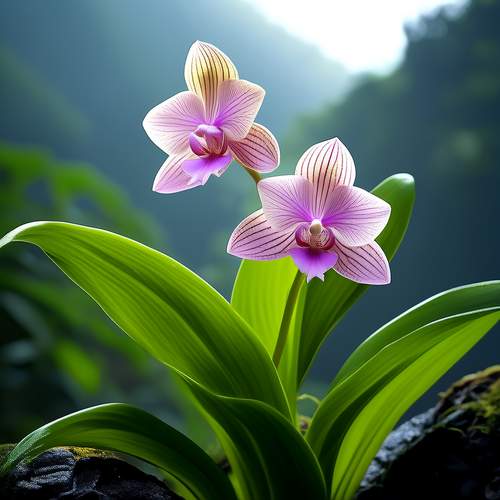
By /May 21, 2025
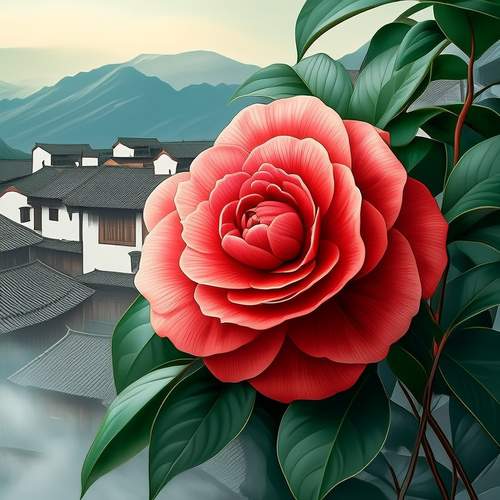
By /May 21, 2025

By Benjamin Evans/May 20, 2025
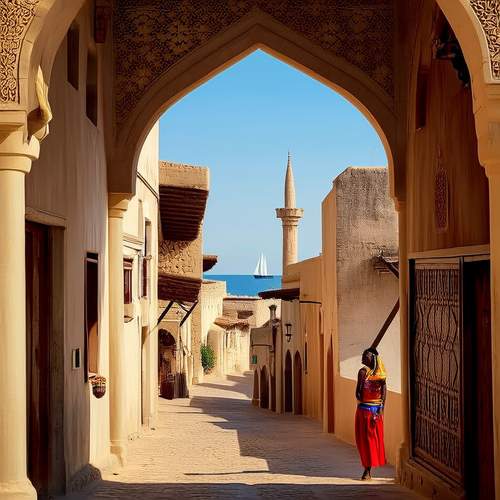
By /May 11, 2025
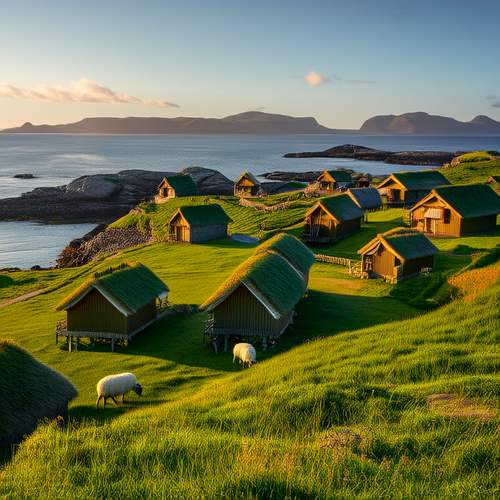
By /May 11, 2025
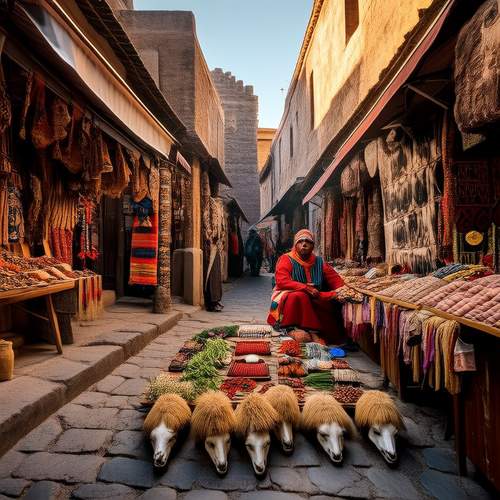
By /May 11, 2025
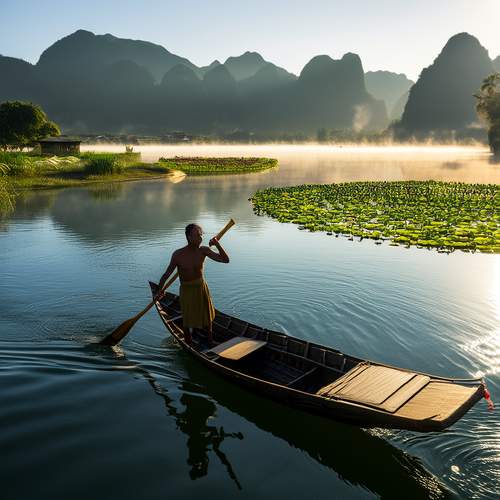
By /May 11, 2025
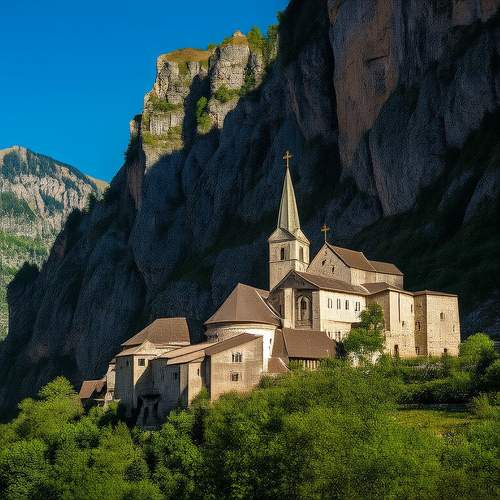
By /May 11, 2025
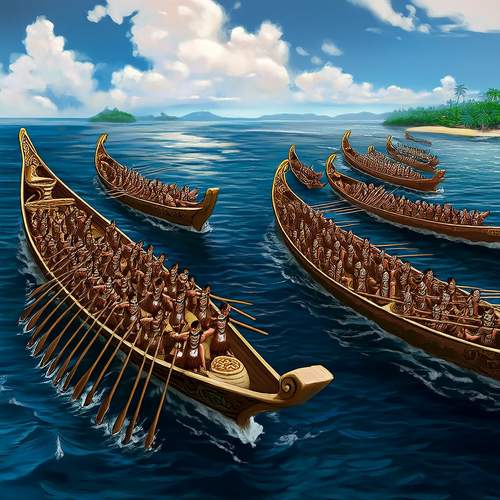
By /May 11, 2025
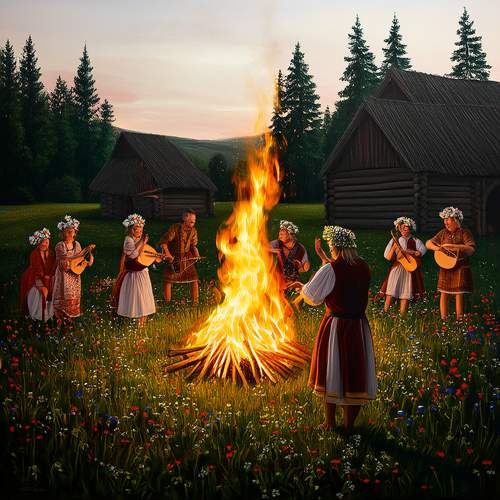
By /May 11, 2025
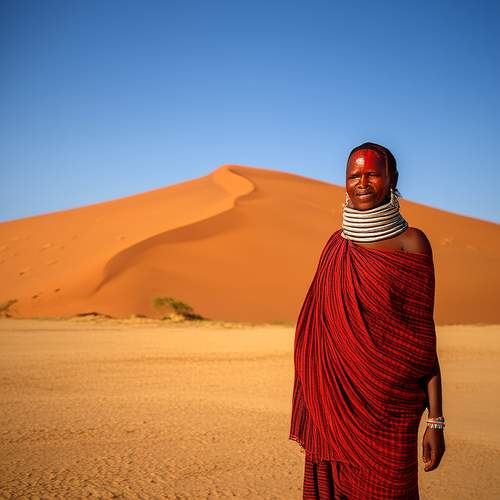
By /May 11, 2025
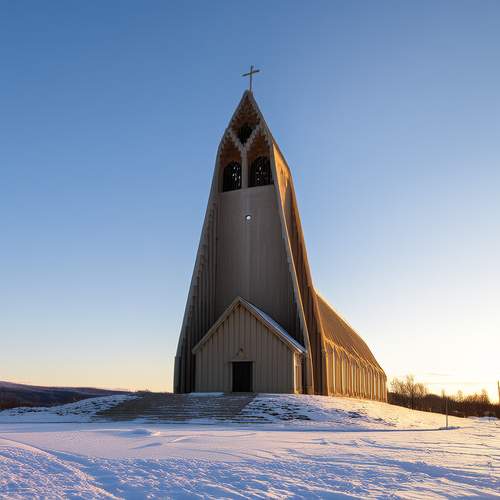
By /May 11, 2025
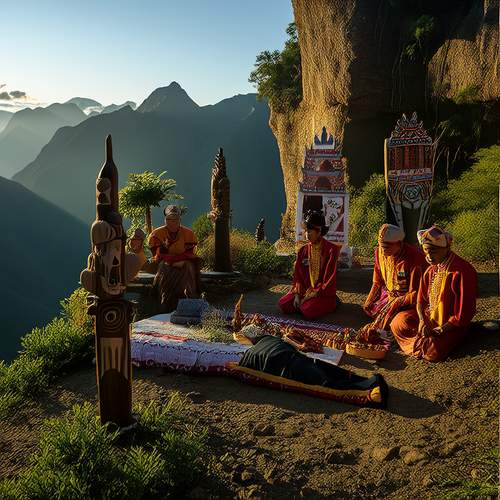
By /May 11, 2025
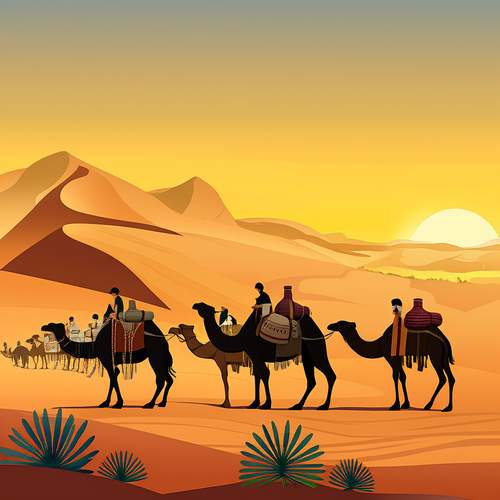
By /May 11, 2025
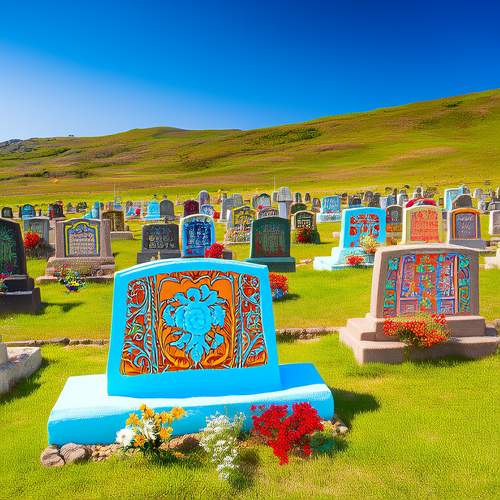
By /May 11, 2025
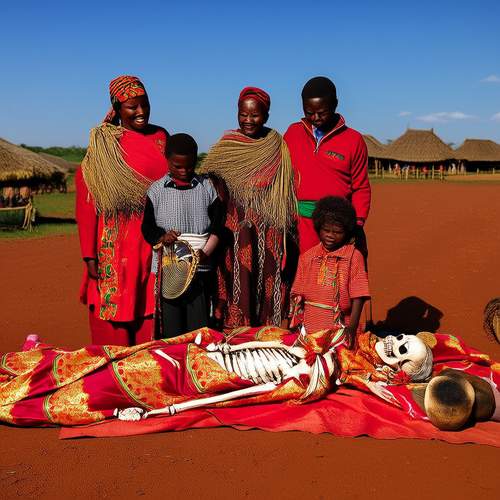
By /May 11, 2025

By /May 11, 2025
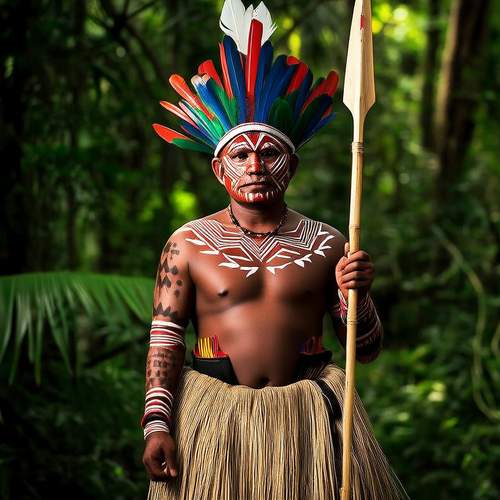
By /May 11, 2025
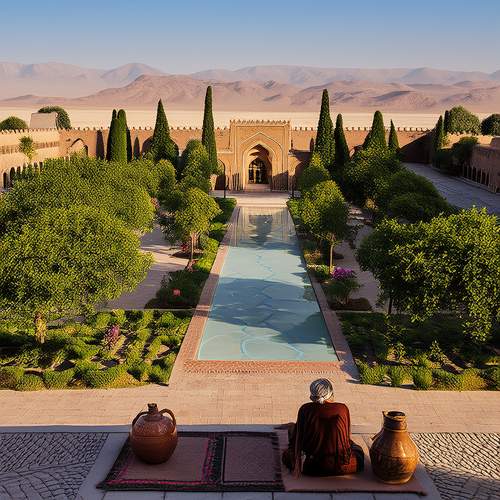
By /May 11, 2025